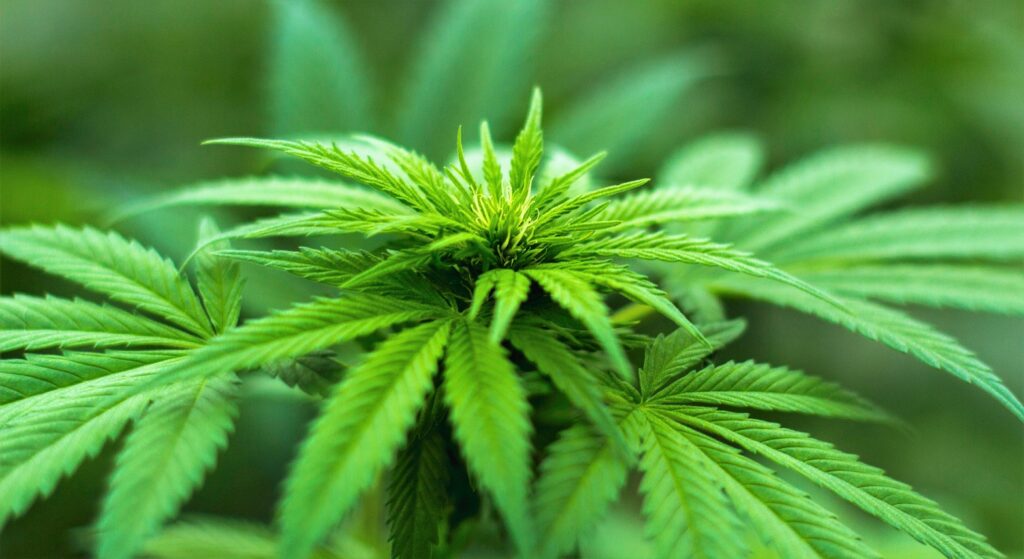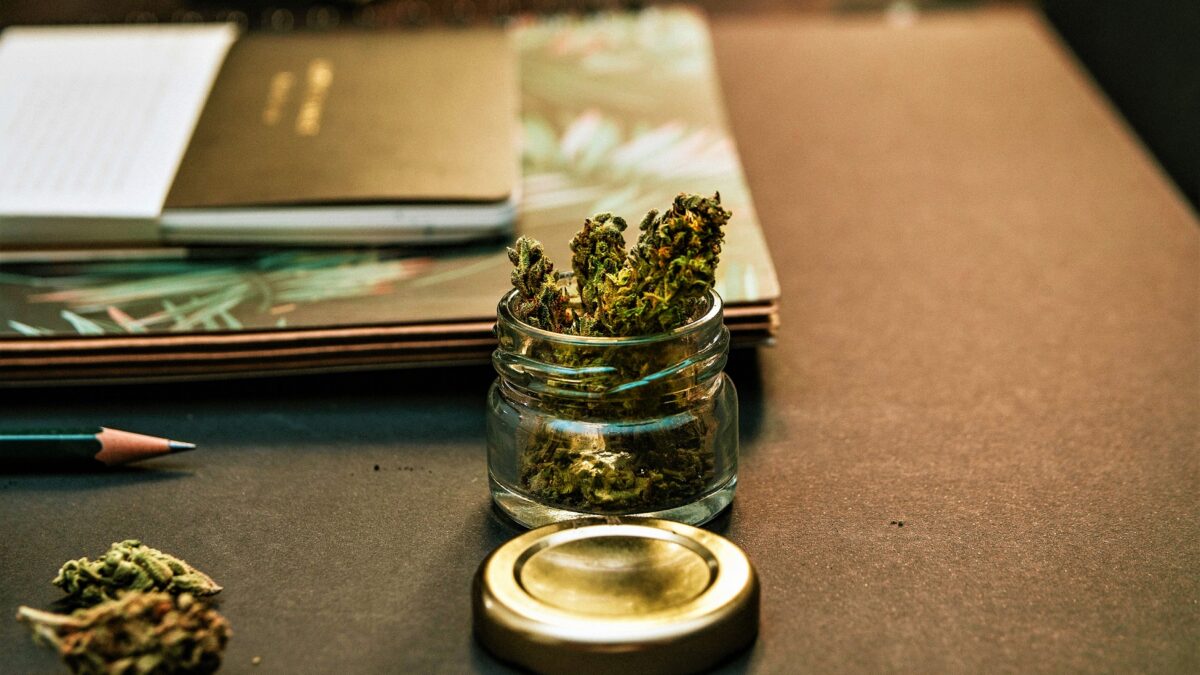Indica vs. Sativa: What Is the Difference
Shopping for marijuana can be similar to purchasing wine or even tequila; there are many different types, strains, species and hybrids. The marijuana marketing engine is also revving up to make it even more confusing for the consumer. The average or moderate weed smoker most likely can’t tell the difference between Sour Diesel or California Kush, no more than they are likely to differentiate between a reposado and an anejo or a Spanish Red and a California Cabernet. Fortunately there is a larger grouping of marijuana strains with some distinct differences to help consumers choose wisely between – sativa and indica.
What Is the Difference Between Sativa & Indica Marijuana?
When shopping for marijuana or purchasing cannabis at a dispensary, you may notice strains are commonly broken up into three distinct groups: indica, sativa, and hybrid. Most consumers have used two of these three cannabis types (indica and sativa) as a standard for predicting effects. Here’s what is generally accepted as true among cannabis consumers:
- Indica strains are physically sedating, perfect for relaxing with a movie or as a nightcap before bed.
- Sativa strains are energizing with uplifting cerebral effects that pair well with physical activity, social gatherings, and creative projects.
- Hybrid strains are a balance of indica and sativa effects.
We should say that biologists, chemists and professional weed growers will tell you that it is much more complicated and impossible to categorize these plants into two or three categories. But we are not any of those people and simply want to know which strain makes us happy, energetic, sleepy or euphoric.
But, first lets talk about the medical use of marijuana.
Medicinal Use Of Marijuana
Current research supports the potential use of cannabis as an aid in the treatment of a variety of symptoms and conditions. Cannabis has been used to help patients cope with chronic pain, diabetes, epilepsy, PTSD, cancer, glaucoma, HIV, AIDS, hepatitis C, amyotrophic lateral sclerosis (ALS), Crohn’s disease, Parkinson’s disease, multiple sclerosis (MS), and many more.
Because there are logistical difficulties surrounding research on cannabis and the compounds therein, there is no official agreement on which conditions may be aided by different cannabis treatment options. If you would like to learn more about the medical effects of medical marijuana, please browse the cannabis review. If you reside in California or another state with progressive marijuana legislation, you can speak to your physician regarding your condition or symptoms and whether cannabis is a viable treatment option.

Sativa vs. Indica Marijuana
While cannabis is grown all over the world now, strains of sativa and indica originally came from different climates, which affected their chemical makeup and gave them very different traits.
Indica developed in less temperate climates and as a result evolved a thicker coating of resin to protect itself from harsh winters. That extra resin means more powerful effects. Conversely, sativa is a more equatorial plant by nature. It grows more slowly, and needs less resin to protect itself from the climate, so the produced high is more subtle and cerebral.
The easiest way to tell the difference between plants would be simply looking at them. Sativa has larger, less dense leaves and flowers, and indica looks tight and compact by comparison. But in practice, appearance is rarely a reliable measurement because of hybridization, which may make a bud take on the properties of sativa but the appearance of indica.
It’s All About Hybrids
Most of what you’ll encounter in weed shops or friends’ houses are hybrid strains, a blend of one or more strains bred together that mesh the characteristics of sativa and indica. The effects can be evenly balanced, or lean to one side or the other, but they’re tailored specifically to your medical or recreational needs.
The safest way to be clear on what you’re getting is to go to a reputable dispensary or delivery service and ask questions or read the label. If you are at a friends house, then ask if its strong and let them know your recreational level – novice, expert or beginner.
How Do I Choose Between Sativa or Indica
One of the biggest and easiest distinctions you can make when choosing between indica and sativa is the time of day when you’ll want to use them. Sativas are typically associated with brain activity, clarity, and a fun demeanor. Indicas can be stereotyped to encourage quietude, introspection, and relaxation which may be better for the end of your day or evening.
A daytime, sativa-heavy strain might boost your creativity and brainstorming, and for some it can dull the effects of depression or ADD. An indica strain is typically best used to treat physical pain, swelling, or help you drift off to sleep.
Sativa:
- Typically for daytime
- Stimulation of brain activity, clarity, creativity
- Typically less compact buds
- Sometimes used to treat ADD, depression, or anxiety
Indica:
- Often for evening use
- Relaxation, body buzz, sleep aid
- Small, dense buds
- Sometimes used for pain relief, inflammation
Hybrids:
- Mixed uses depending on the strain
- Can be weighted toward indica or sativa, or a balance of both
- Are often cultivated to magnify certain effects
- Most common form on the market
There you have it, the proverbial 10,000 foot level analysis of Sativa vs Indica marijuana. Like anything else, go to a reputable provider, ask questions and dip your toe in the water first before doing a swan dive.
Thanks For Reading!








